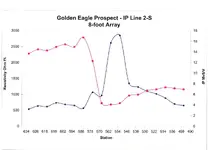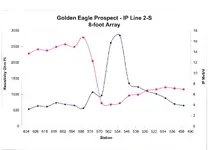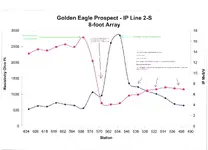I'll share what I learned in a class called Geology for Prospectors that I took, well, a while ago.
Interesting thing that I remember of the class was a case of a prospector who had a low gold-producing area in a lot of hard rock. Gold content not productive at the price at that time, but the lead was large and fairly extensive. By large, I'm talking several miles long and nearly a mile wide.
About this time the prospector read of a proposed dam (here in Oregon we have lots of those) that would require a lot of aggregate. The dam was large enough that it had a 2-lane gravel road up the face of it, allowing rock to be added by the dump-truck load.
The prospector had an idea. After carefully working out his operations costs, he put in a low-bid for the aggregate for the dam. Put the rock through a stamp mill to crush it into fairly uniform size, the slid it down a mercury-coated chute 6-8 feet long and into the waiting dump trucks. Undercut all other bids to provide aggregate. Bid was so low the government agency questioned his ability to provide the rock at that price. He explained his operation, and asked did they want it or not? They took his bid. For every dumptruck of aggregate that went into the dam he lost money. But he made a modest profit from his gold extraction: not much, just enough to make a tiny profit from an otherwise unworkable deposit. On every ton.
Prospector became a millionaire within the first 6 months of operation. Dam construction took over 5 years.
The question arose: was this guy a prospector, entrepreneur, or treasure hunter? None of these and yet all of them. Mostly, he was smart.








